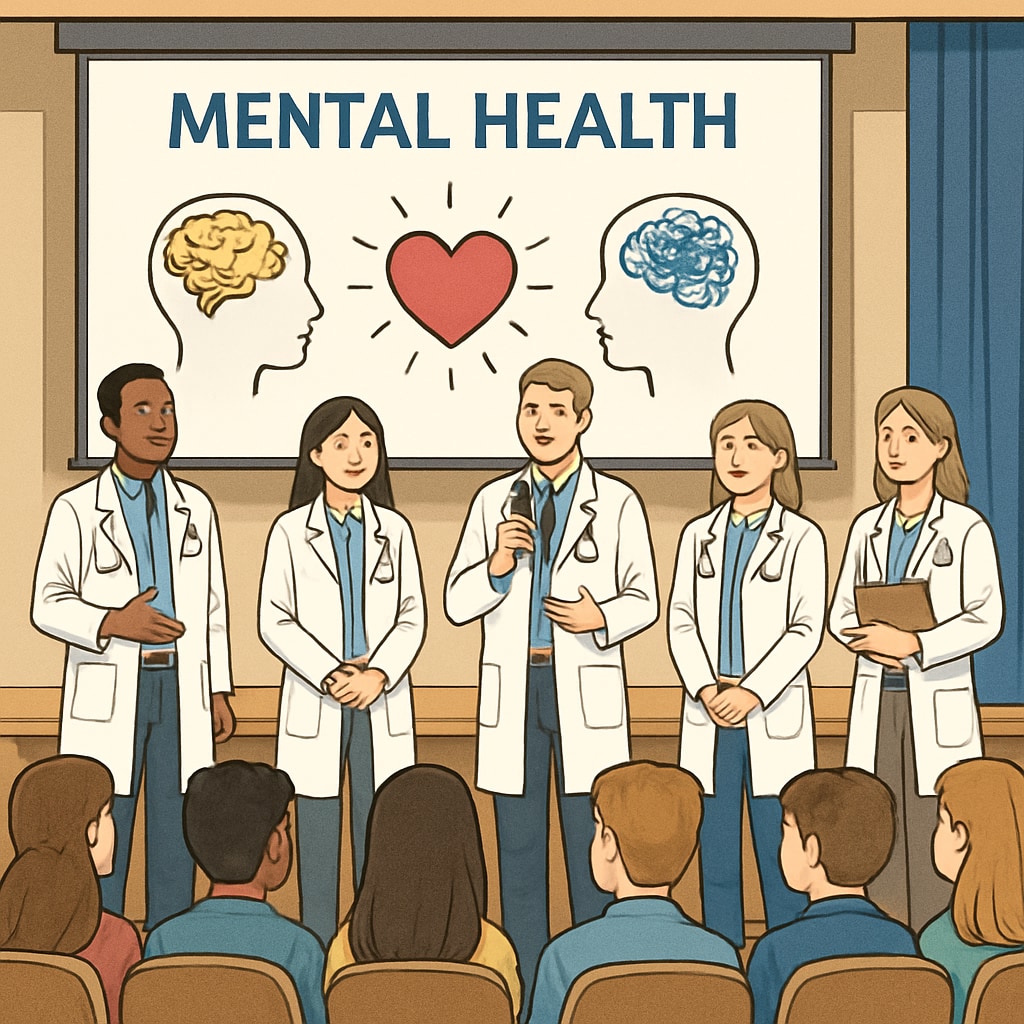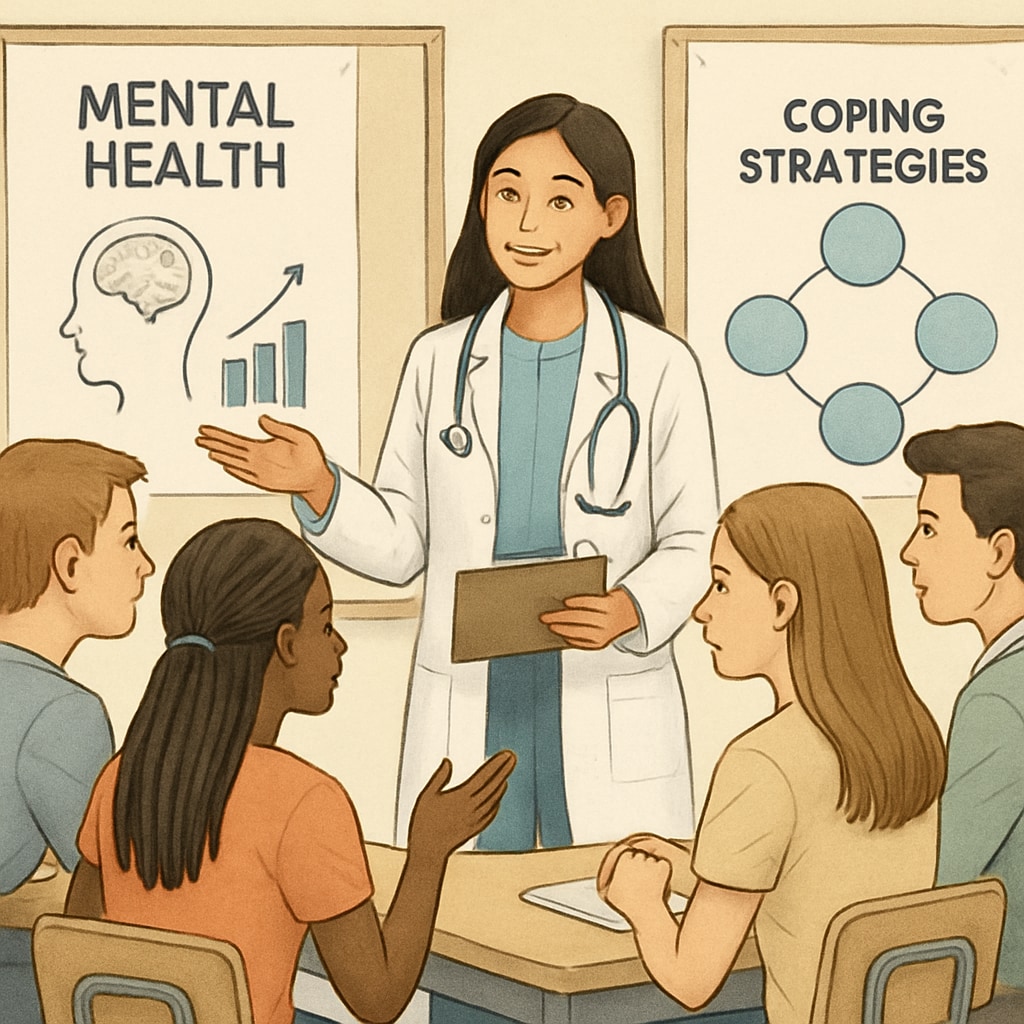In today’s fast-paced world, high school students often face increasing challenges related to mental health, including academic pressure, social expectations, and personal struggles. Organizing mental health talks for high school students, conducted by medical students, presents an innovative approach to addressing these issues. This initiative not only bridges the knowledge gap between professionals and teenagers but also fosters a supportive environment for open communication. In this article, we explore the feasibility, benefits, and practical methods to implement such events effectively.
Understanding the Mental Health Challenges Faced by High School Students
High school can be a critical stage in a young person’s life, often marked by significant emotional and psychological changes. According to the World Health Organization, one in seven adolescents globally experiences mental health disorders. Common issues include anxiety, depression, and stress, which can impact their academic performance and personal relationships.
Medical students, with their foundational knowledge of mental health, are uniquely positioned to provide relatable, age-appropriate education. By organizing engaging and informative talks, they can help high schoolers better understand mental health and develop healthy coping mechanisms.

Why Medical Students Are Ideal Advocates
Medical students possess the knowledge and empathy required to connect with teenagers. Their educational background enables them to address mental health topics accurately, while their proximity in age to high schoolers allows for relatable and approachable interactions. Here are some reasons why medical students are ideal for this role:
- Relatability: Being closer in age, they can bridge the generational gap between teenagers and older professionals.
- Knowledge: They have a solid understanding of mental health, backed by their medical training.
- Empathy: As future healthcare providers, they are trained to approach sensitive topics with care and compassion.
By leveraging these qualities, medical students can effectively educate and empower high school students to prioritize their mental well-being.
Steps to Organize a Successful Mental Health Talk
Organizing a mental health talk requires careful planning and collaboration. Below is a step-by-step guide for medical students to execute such an event:
- Establish Partnerships: Begin by reaching out to local high schools and presenting the idea to school administrators or counselors. Emphasize the benefits of mental health education.
- Identify Key Topics: Choose topics that are most relevant to high school students, such as stress management, dealing with peer pressure, or recognizing signs of anxiety and depression.
- Design Engaging Content: Use interactive methods such as storytelling, role-playing, or Q&A sessions to keep students engaged and involved.
- Seek Feedback: After the event, gather feedback from students and teachers to understand its impact and identify areas for improvement.
These steps ensure that the talks are not only informative but also resonate with the audience, making a lasting impact on their understanding of mental health.

The Broader Impact of Mental Health Education
Mental health education has the power to transform lives. By equipping high school students with the knowledge and tools to navigate their emotions, we can foster a generation that is more aware and resilient. Additionally, medical students participating in these initiatives gain valuable experience in communication, public speaking, and community outreach—skills that will benefit them in their future careers.
For example, initiatives like these align with broader mental health advocacy campaigns, such as those by NAMI (National Alliance on Mental Illness), which emphasize the importance of early intervention and education. By contributing to such efforts, medical students play an essential role in shaping a healthier future for all.
In conclusion, organizing mental health talks for high school students is a feasible and impactful initiative. With proper planning and execution, medical students can create a safe space for teenagers to learn, share, and grow—paving the way for a brighter and healthier tomorrow.


